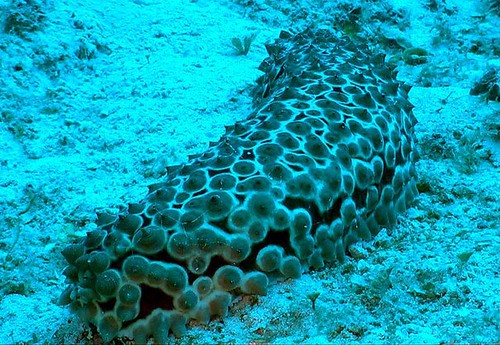Sea cucumbers, belonging to the class Holothuroidea, are fascinating marine animals that have evolved remarkable survival mechanisms over millions of years. These cylindrical-shaped echinoderms might appear unremarkable at first glance, but beneath their unassuming exterior lies one of the animal kingdom’s most unusual defense strategies. Found in oceans worldwide, from shallow coral reefs to the deepest trenches, sea cucumbers have developed extraordinary adaptations that enable them to thrive in diverse marine environments. With approximately 1,500 species identified, these creatures vary dramatically in size, color, and habitat, but they share a common arsenal of survival tricks that have baffled and fascinated scientists for generations.
The Remarkable Evisceration Defense

The most dramatic and well-known survival trick in a sea cucumber’s arsenal is evisceration—the voluntary expulsion of internal organs. When threatened by predators, certain species of sea cucumbers can forcefully eject their digestive tract, respiratory trees, and other internal organs through their anus or a rupture in their body wall. This seemingly self-destructive behavior serves multiple purposes: it distracts predators, can entangle or deter them with sticky or toxic components, and allows the sea cucumber to escape. Perhaps most remarkably, sea cucumbers can then regenerate their expelled organs within a few weeks to months, depending on the species and environmental conditions. This capacity for autotomy and subsequent regeneration represents one of the most extreme examples of self-sacrifice for survival in the animal kingdom.
The Chemistry Behind Their Defense

Sea cucumbers produce a complex array of bioactive compounds that play crucial roles in their defense mechanisms. These compounds, known as holothurins or saponins, are triterpene glycosides that possess potent antimicrobial, antifungal, and cytotoxic properties. When threatened, specialized cells called Cuvierian tubules in some species can release these compounds, which become sticky and toxic when exposed to seawater. Research has identified over 300 different triterpene glycosides from sea cucumbers, with varying toxicity levels. These natural chemicals not only deter predators but have also garnered significant attention from pharmaceutical researchers for their potential applications in developing new antibiotics, anti-cancer drugs, and anti-inflammatory agents. The sea cucumber’s chemical arsenal represents millions of years of evolutionary refinement, resulting in one of the most sophisticated biochemical defense systems in marine invertebrates.
Cuvierian Tubules: The Sticky Defense System
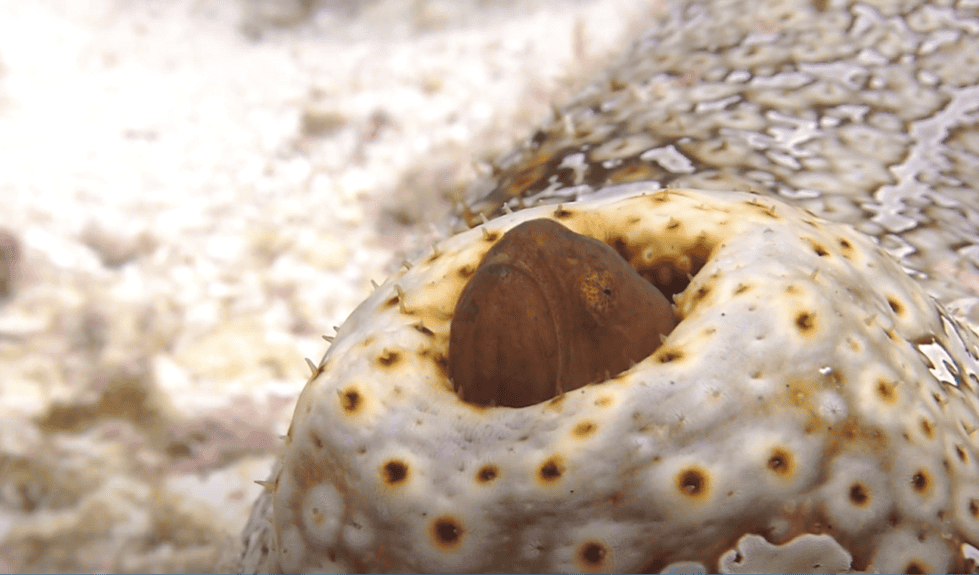
Several sea cucumber species possess specialized organs called Cuvierian tubules, which constitute perhaps their most sophisticated defense mechanism. Located in the respiratory tree and connected to the cloaca, these tubules are normally kept inside the body cavity. When the animal feels threatened, it can rapidly expel these tubules through the anus. Upon contact with seawater, the tubules undergo a remarkable transformation—they quickly elongate up to 20 times their original length and become extremely sticky. This remarkable change happens within seconds due to the rapid destabilization of collagen fibrils that make up the tubules. The expelled tubules can entangle predators or stick to their surfaces, effectively immobilizing them. In species like Holothuria forskali, these tubules also contain potent toxins that can cause paralysis in smaller predators. After deployment, sea cucumbers can regenerate new Cuvierian tubules within a few weeks, ensuring they’re not left defenseless for long periods.
Body Wall Softening and Liquefaction
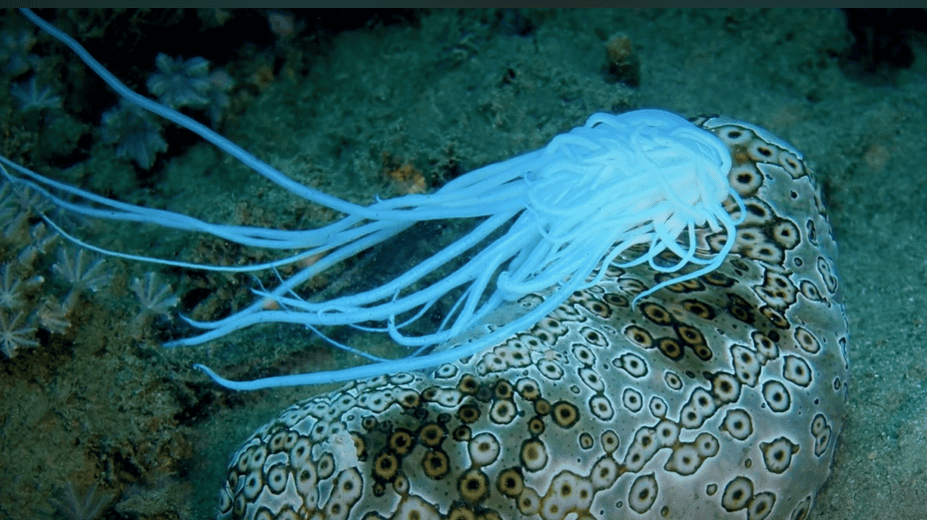
One of the sea cucumber’s most peculiar survival tricks involves the ability to rapidly alter the stiffness of its body wall. Under normal conditions, the body wall contains a specialized connective tissue made up of collagen fibers arranged in a catch-like structure that maintains the animal’s form. When threatened, some species can trigger a remarkable transformation where this connective tissue essentially liquefies within seconds, allowing the animal to squeeze through tiny crevices that would otherwise be impossible to navigate. This adaptation, known as variable tensility or mutable collagenous tissue, is controlled by the nervous system through the release of specific peptides. These chemical signals can switch the body wall from a firm state to a liquid-like consistency and back again. Scientists have studied this phenomenon extensively, as it represents a unique form of tissue that could potentially inspire new biomaterials with applications in medicine and robotics.
Respiratory Tree Discharge
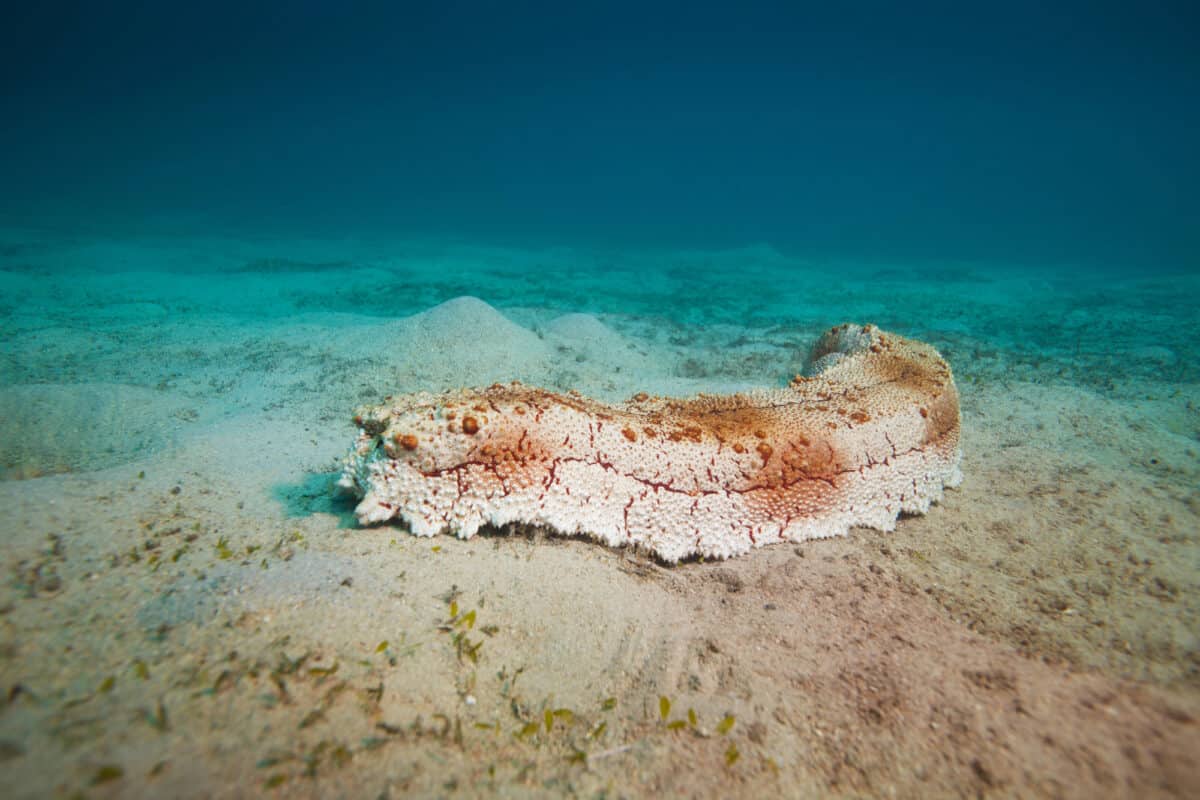
The respiratory trees of sea cucumbers are specialized structures used primarily for gas exchange, similar to lungs in terrestrial animals. However, these branching organs serve a dual purpose in some species as part of their defensive arsenal. When severely threatened, certain sea cucumbers can forcefully expel water and parts of their respiratory trees through their cloaca. This sudden expulsion creates a powerful jet of water that can startle predators or push the sea cucumber away from danger. In species like Bohadschia argus, the expelled respiratory tree components contain toxic compounds that can deter predators. The sea cucumber can then regenerate its respiratory structures over time, usually within 1-3 weeks. This temporary sacrifice of a vital organ system demonstrates the extreme measures these animals have evolved to ensure their survival, prioritizing immediate escape over short-term physiological function.
Toxin Production and Chemical Warfare

Sea cucumbers engage in sophisticated chemical warfare through the production of various defensive compounds. Their bodies contain specialized cells that produce saponins, complex molecules that become highly toxic when released into the surrounding water. These compounds serve multiple defensive purposes: they can be distasteful or harmful to predators, they possess antimicrobial properties that protect against infections, and they can even affect the nervous systems of potential threats. Different species produce different toxin profiles—some, like Holothuria atra, contain relatively mild compounds that primarily deter fish, while others, such as Actinopyga agassizii, produce potent toxins that can kill smaller marine animals. Scientific studies have revealed that some sea cucumber toxins contain unique molecular structures not found elsewhere in nature, making them valuable subjects for pharmaceutical research. This chemical defense strategy allows sea cucumbers to compensate for their slow movement and lack of physical armor.
Regenerative Capabilities
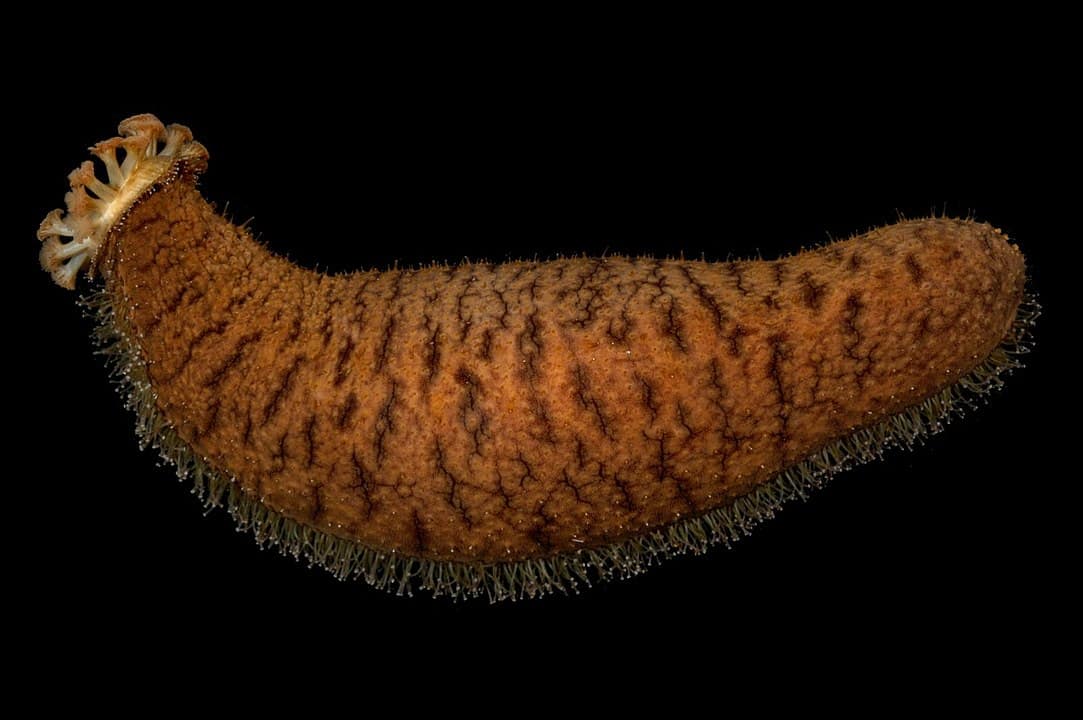
Perhaps the most crucial aspect of the sea cucumber’s survival strategy is its extraordinary regenerative capacity. After expelling internal organs through evisceration, sea cucumbers can completely regenerate their digestive tract, respiratory trees, and reproductive organs within a matter of weeks to months. This remarkable ability stems from a population of pluripotent cells that can differentiate into various tissue types as needed. Research has shown that the regeneration process follows a precise sequence, beginning with wound healing, followed by blastema formation (a mass of dedifferentiated cells), and finally redifferentiation into specific organs and tissues. Some species, like Holothuria glaberrima, can regenerate entire complex organ systems in just 3-5 weeks. Studies of the molecular mechanisms behind this regeneration reveal specialized genetic pathways that activate during tissue regrowth, including Wnt signaling and fibroblast growth factors. Understanding these regenerative processes has significant implications for human medicine, potentially offering insights into regenerative therapies for organ damage or tissue loss.
Behavioral Adaptations
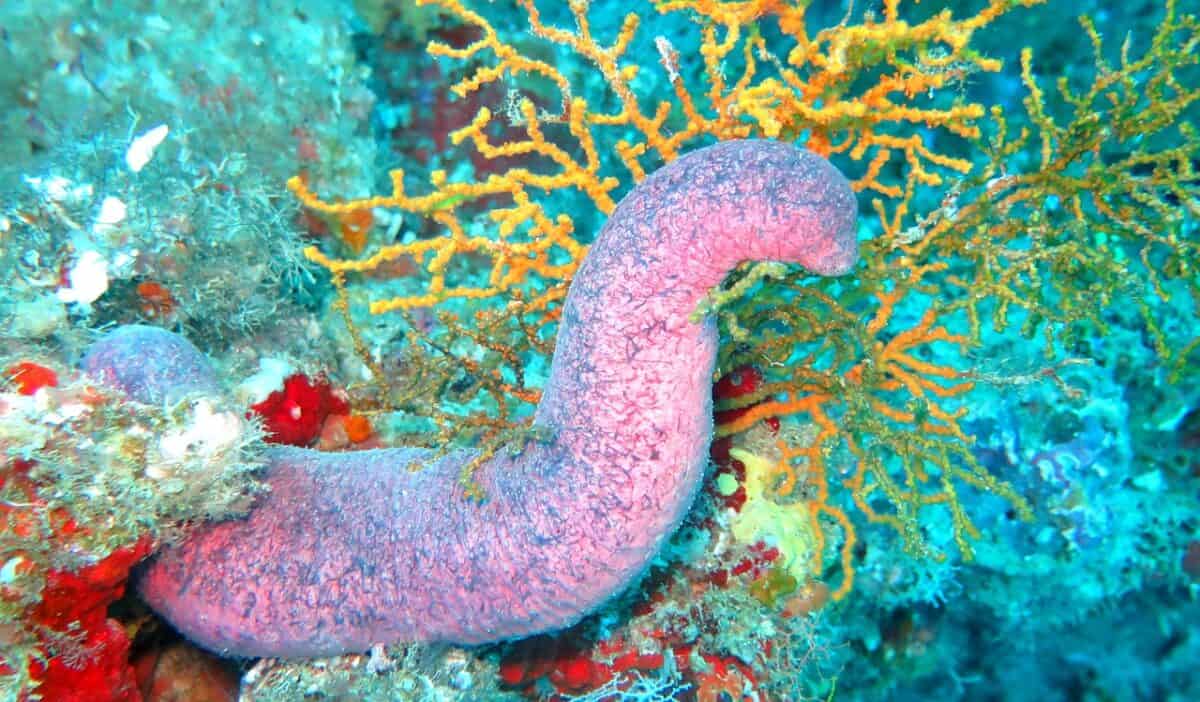
Beyond their physiological defenses, sea cucumbers have developed various behavioral strategies that enhance their survival. Many species exhibit cryptic behavior, burying themselves in sand or hiding in crevices during daylight hours to avoid visual predators. Others adopt nocturnal feeding patterns, emerging only when predation risk is lower. Some species, particularly those in coral reef environments, form symbiotic relationships with other marine creatures for added protection. The imperial shrimp (Periclimenes imperator) often lives on sea cucumbers, removing parasites while gaining a safe habitat and protection from the host’s chemical defenses. Certain sea cucumber species have also been observed performing a unique defensive posture called “fishing,” where they raise their anterior end and wave it to deter approaching threats. These behavioral adaptations work in concert with their physiological defenses, creating a multi-layered survival strategy that has allowed sea cucumbers to thrive for over 400 million years despite their apparent vulnerability.
Evolutionary Origins of Defense Mechanisms
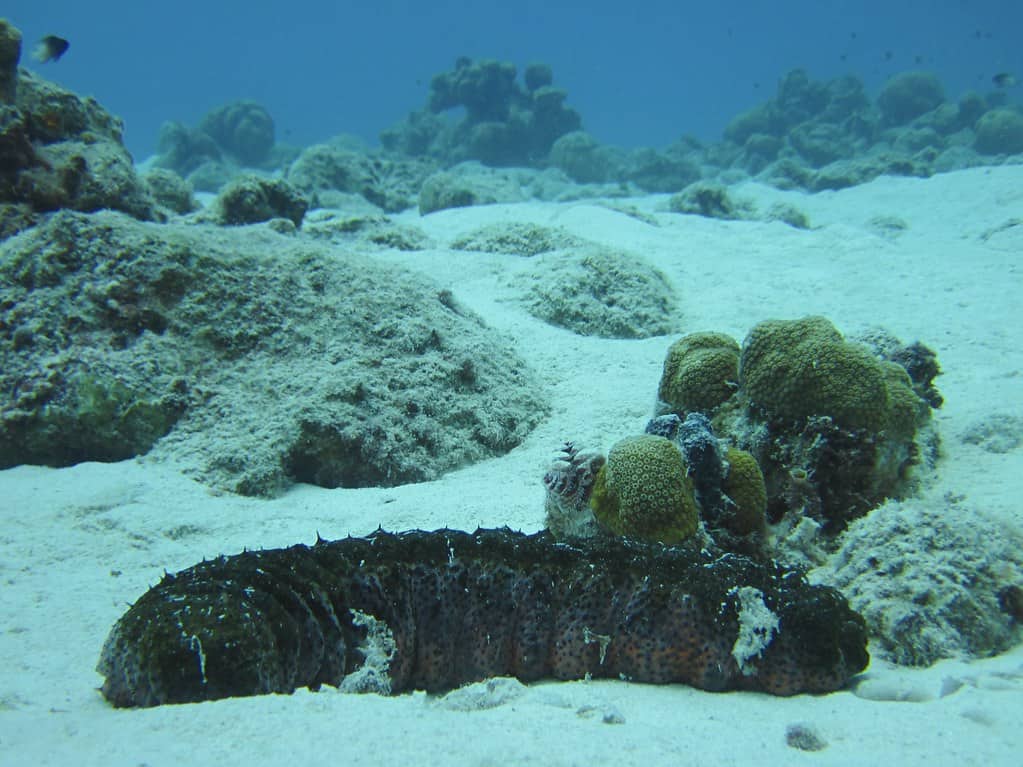
The remarkable defense mechanisms of sea cucumbers are the product of millions of years of evolutionary adaptation. Fossil evidence suggests that echinoderms similar to modern sea cucumbers existed as far back as the Ordovician period, approximately 460 million years ago. Their unusual defensive strategies likely evolved in response to increasing predation pressure, particularly from fish and crustaceans that developed more sophisticated hunting techniques. Comparative genomic studies of different sea cucumber species reveal that the genes responsible for toxin production and tissue regeneration show signatures of positive selection, indicating their importance for survival. The evisceration response appears to have evolved multiple times independently within different sea cucumber lineages, suggesting that this extreme defense mechanism provides significant survival advantages despite its apparent costs. Molecular clock analyses indicate that major diversification of defense mechanisms occurred during the Cretaceous period (145-66 million years ago), coinciding with the radiation of modern predatory fish families. This evolutionary arms race has resulted in the remarkably diverse array of defense strategies observed in contemporary sea cucumber species.
Ecological Significance
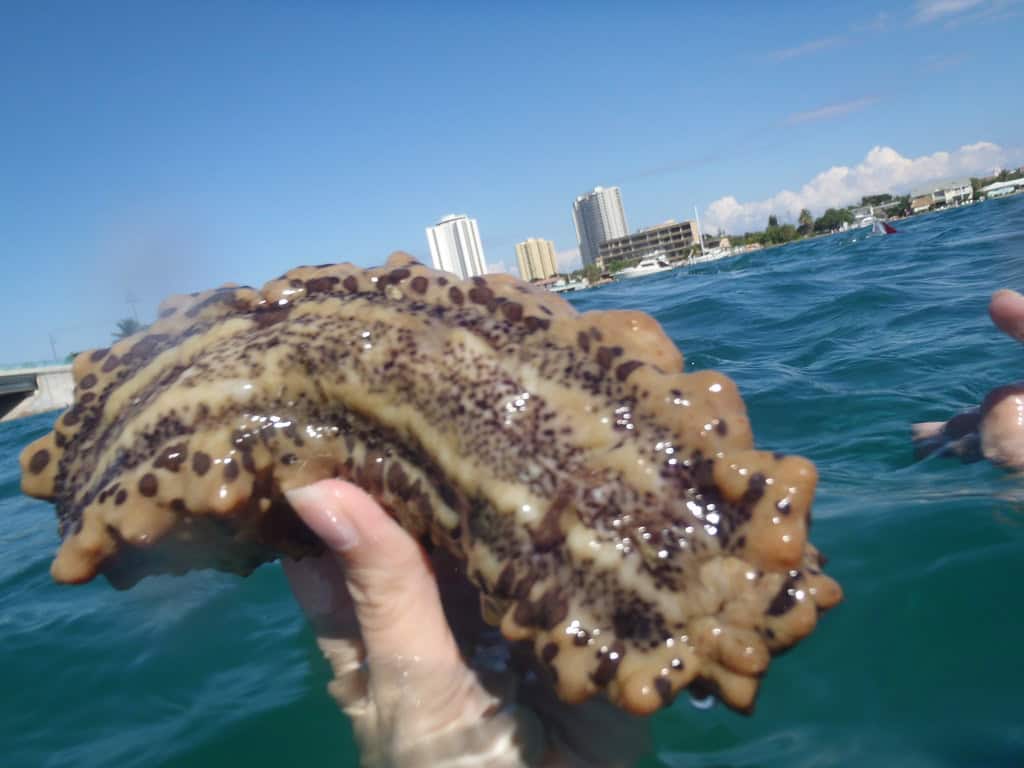
The defensive adaptations of sea cucumbers have profound implications for marine ecosystems. Their chemical defenses affect not only predator-prey relationships but also influence microbial communities in sediments where they live. The toxins they produce can inhibit the growth of pathogenic bacteria and fungi, potentially contributing to ecosystem health. Their evisceration behavior, while primarily defensive, also serves an ecological function—the released organic matter provides nutrients for other marine organisms and microbes. Additionally, sea cucumbers are important bioturbators, reworking and oxygenating sea floor sediments as they feed and move. This activity helps prevent stratification and stagnation of sediments. Their remarkable regenerative abilities also make them resilient to environmental disturbances, allowing them to recover from physical damage caused by storms or human activities. Some research suggests that sea cucumber populations may even help buffer the effects of ocean acidification in coral reef ecosystems by altering the local seawater chemistry through their digestive processes, which release calcium carbonate. Thus, their survival adaptations contribute significantly to marine ecosystem stability and resilience.
Human Applications and Biomimicry

The extraordinary defense mechanisms and physiological adaptations of sea cucumbers have inspired numerous applications in human technology and medicine. Their ability to rapidly change the stiffness of their body wall has informed the development of “smart” materials that can switch between rigid and flexible states on demand, with potential applications in robotics, prosthetics, and protective gear. The adhesive properties of Cuvierian tubules have been studied for creating new bio-inspired adhesives that work effectively in wet environments—a significant challenge in conventional adhesive technology. The regenerative capacity of sea cucumbers has become a focal point for regenerative medicine research, with scientists studying the molecular pathways that allow these animals to regrow complex organ systems. Several compounds isolated from sea cucumber toxins have shown promise as anti-cancer, antimicrobial, and anti-inflammatory agents in preliminary studies. For instance, frondoside A, a compound extracted from sea cucumbers, has demonstrated potent anti-cancer properties in laboratory experiments. As biotechnology advances, the unique adaptations of sea cucumbers continue to provide valuable templates for innovation across multiple scientific disciplines.
Conclusion: The Master Survivors of the Sea

Sea cucumbers, with their arsenal of sophisticated defense mechanisms, represent one of nature’s most successful evolutionary experiments in survival. Their ability to sacrifice organs, deploy toxic compounds, alter body consistency, and regenerate complex tissues has allowed them to thrive for hundreds of millions of years despite lacking the obvious protective features of many marine animals. These remarkable adaptations illustrate the principle that evolution often finds unexpected solutions to survival challenges. As we continue to study sea cucumbers, we gain not only a deeper appreciation for the diversity of life on our planet but also valuable insights that may lead to breakthroughs in medicine, materials science, and other fields. In a world increasingly threatened by human activities, understanding the resilience strategies of organisms like sea cucumbers may prove crucial for conservation efforts and may even help us develop more sustainable approaches to our own challenges.
- The Only Mammal That Can Breathe Through Its Skin - August 19, 2025
- How to Win Over Judges in Dressage Competitions - August 19, 2025
- Is There Hope for the Critically Endangered Amur Leopard? - August 19, 2025

